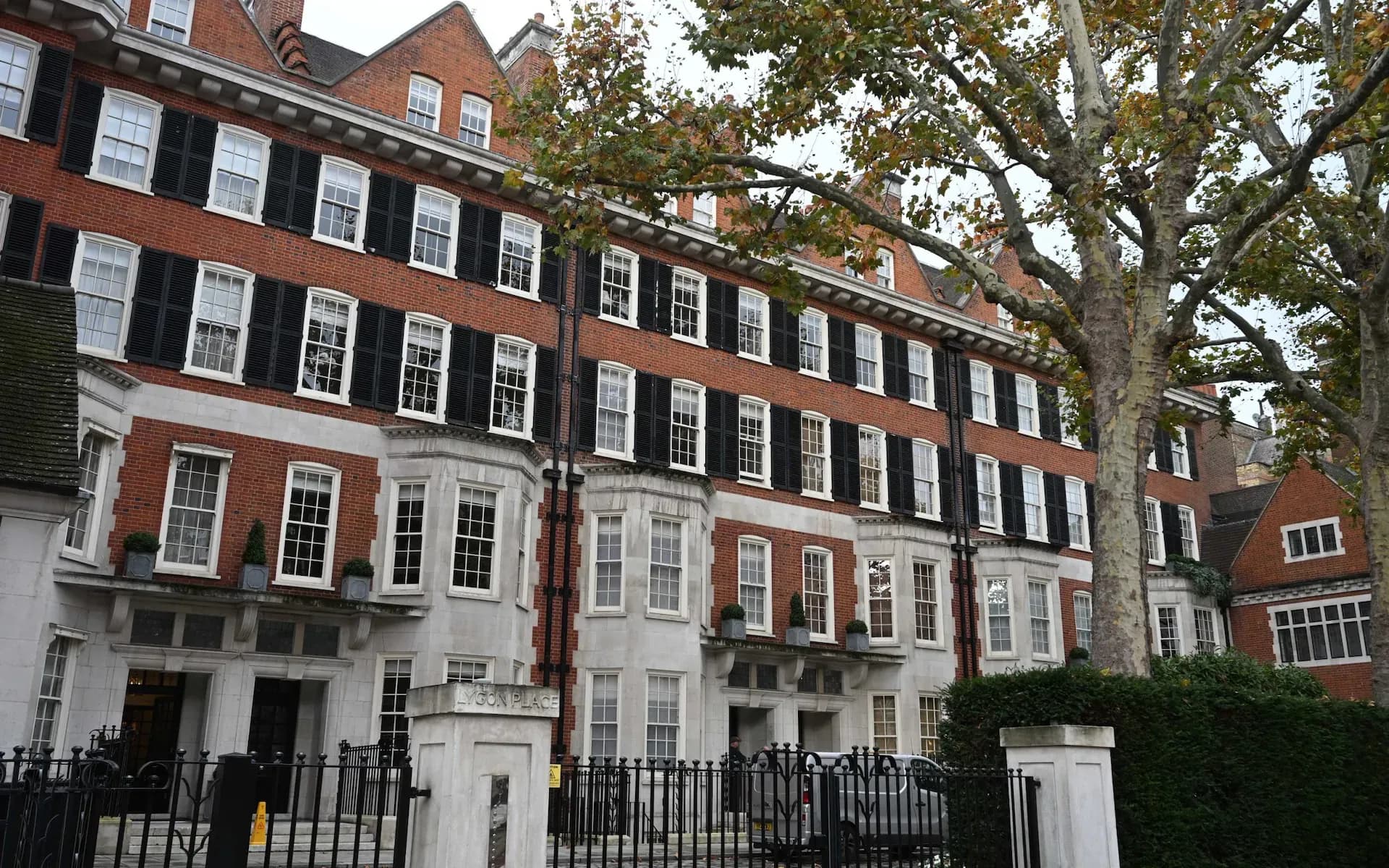Hindu temple architecture is as much about artistry as it is about spirituality. Every detail, from the curve of a shikhar (spire) to the carvings on a marble pillar, reflects centuries of tradition, craftsmanship, and devotion. While India is home to countless sacred marvels, some of the most remarkable examples of Hindu architecture stand proudly beyond its borders, serving as both cultural beacons and architectural landmarks.
Here, we explore five of the largest and most visually stunning Hindu temples outside India, each a testament to timeless design principles and masterful construction.
1. BAPS Swaminarayan Akshardham – Robbinsville, New Jersey, USA
Spanning 183 acres, this is the largest Hindu temple outside India and the second largest globally. Completed with the efforts of more than 12,500 volunteers, the temple’s design follows traditional Vastu Shastra and Pancharatra Shastra principles. Materials such as Greek marble and Bulgarian limestone have been hand-carved in India before assembly in New Jersey. The temple’s nine shikhars, ornate domes, and over 10,000 carvings bring together intricate artistry and engineering precision, making it both a spiritual sanctuary and a structural masterpiece.
















